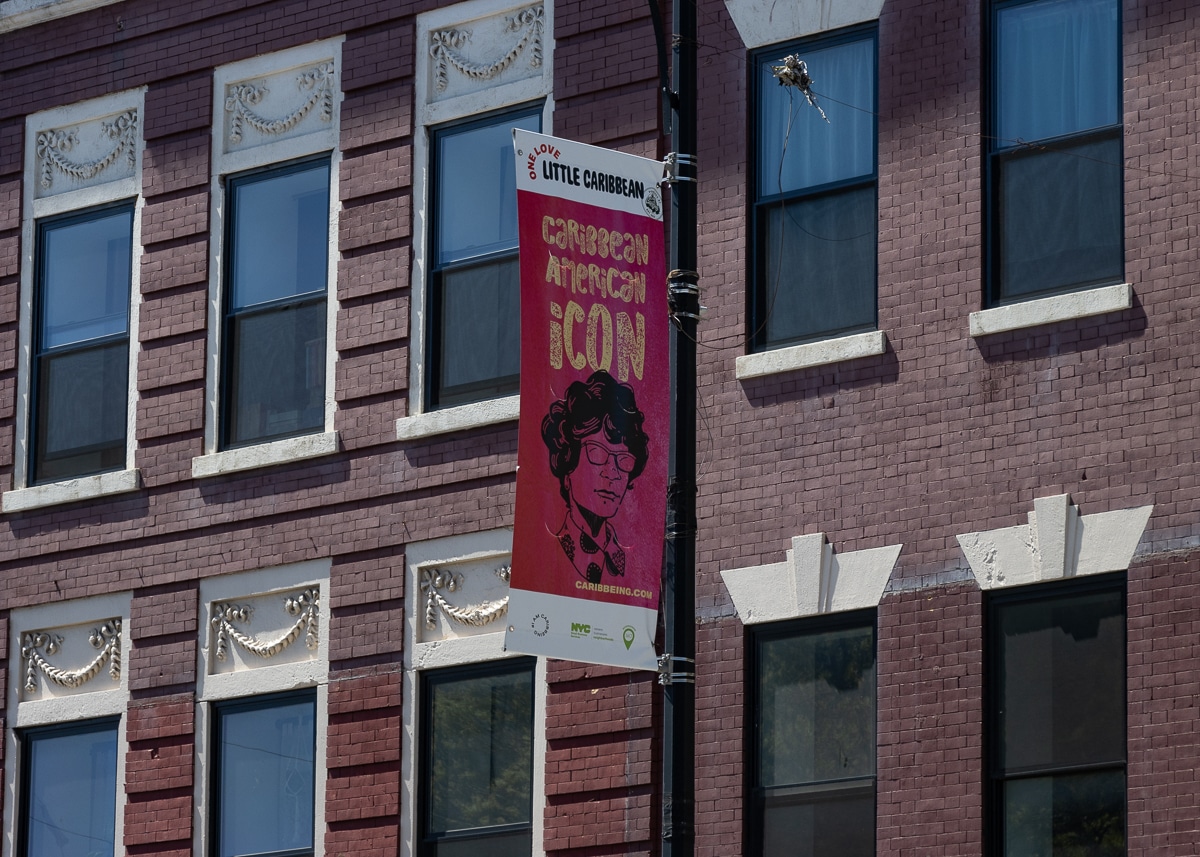Past and Present: The Fulton Theater
A Look at Brooklyn, then and now. Although Brooklyn had a thriving theater district downtown, many neighborhoods also had fine theaters in their own areas, with entertainment venues on main streets near public transportation. Bedford was a large neighborhood blessed with several major thoroughfares running through it – plenty of opportunities for clubs, theaters…

A Look at Brooklyn, then and now.
Although Brooklyn had a thriving theater district downtown, many neighborhoods also had fine theaters in their own areas, with entertainment venues on main streets near public transportation. Bedford was a large neighborhood blessed with several major thoroughfares running through it – plenty of opportunities for clubs, theaters and entertainment halls. The economic center of Bedford was around the intersection of Fulton Street and Nostrand Avenue, so it’s not surprising that there were quite a few theaters in that area. In theater’s heyday, the early 20th century, one of the finest establishments was the Fulton Theater.
The theater stood at 1283 Fulton Street, near the corner of Nostrand Avenue. It was designed by one of New York City’s finest theater architects, John B. McElfatrick. He was responsible for some of the city’s best theater buildings, including today’s BAM Harvey Theater and Manhattan’s New Victory Theater on 42nd Street. Many are now gone, but he designed well over a hundred theaters, plus other buildings, all across the country.
The Fulton Theater was a beautiful and classy place, decorated inside in the new Art Nouveau style, like his Victory Theater. People had never seen anything like it. They were used to French design in their theaters, but not this kind of French. Many theaters were tricked out in Louis XIV opulence; this was rich, sinuous, modern 20th century finery. Also, the theater was a marvel of 20th century building techniques, with steel underpinnings, lots of exits and was touted as being completely fireproof.
The Fulton was always designed to be a live theater, specializing in vaudeville and variety shows. Although they sometimes showed films, most of the performances between opening day in 1908 to 1926, when they closed for alterations, were vaudeville shows. In 1926, Thomas Lamb, another pre-eminent theater architect, did some interior renovations to the house, and it became a stock theater company from 1926 to 1928. The 1910 photograph shows it in its glory. We also have a closeup of the back of the theater, with the water tank in the photos below. Behind the theater you can clearly see the side of the Alhambra Apartments, designed in 1888 by Montrose Morris.
The theater became the home base for the Fulton Players, a repertory stock theater company that put on a rotating season of plays throughout a season. They put on all kinds of plays, some of which have silly and politically incorrect titles that would never get an audience today, but also put on now-classic shows like “Arsenic and Old Lace.” They had popular engenues, handsome leading men, and great character actors. Everyone had their favorites.
As a testament to how important live theater used to be to the Brooklyn public, the Brooklyn Eagle had a weekly theater page and several resident theater critics on staff. The critics considered themselves to be experts on all things pertaining to the thespian world, and usually came off as pretentious nits. But they did agree that the Fulton Players were the best repertory group in the borough. They also pointed out that the Fulton Players were the ONLY repertory company in Brooklyn, too.
But, the fame and glory of walking the Brooklyn boards would not last. Like most repertory companies, they only lasted a couple of years before failing. It’s hard to keep a number of plays going and still make money. The building was sold to Loew’s Theaters Inc., in 1928, which operated it as a movie theater for a short while. The building was then empty and closed until it was sold in 1931.
The Fulton Theater faced Fulton Street, and extended all the way back to Macon Street, behind it. There, on the corner of Macon and Nostrand, the Brevoort Savings Bank had its headquarters. This growing bank, which was designed by Montrose Morris, by the way, needed more room. It was a very small building, and they wanted a Fulton Street presence. They bought the Fulton Theater in order to tear it down for a new expanded Brevoort Bank.
This plot of land at least always had quality buildings by fine architects on it. Brevoort Bank hired the firm of Halsey, McCormack & Helmer, the architects of the Williamsburg Savings Bank at Hanson Place, and the Kings County Savings Bank, now Banco Popular, on the corner of Eastern Parkway and Nostrand. They designed a restrained, but definitely Art Deco bank building which is quite good, and worthy of preservation.
The architects kept the Montrose Morris branch building, and put an entrance to the new branch in the rear, so customers could use either the Fulton Street or Nostrand Avenue entrance. The new bank opened in 1932. At some point, the old bank was torn down, and long ago replaced by a non-descript taxpayer building on that corner. But the annex and rear entrance still stands on Macon Street.
The Brevoort Savings Bank was an integral part of the Bedford Stuyvesant community, and was taken over by the Metropolitan Savings Bank in 1969, which changed its name to Crossland Savings. We all know what happened to Crossland. The bank then became a branch of the Carver Savings Bank, until they moved to a smaller location in Restoration Plaza. The bank closed in the early 21st century, and was closed, except to house a pop up Toys-R-Us for a couple of seasons. Today, it’s come back to life as a Walgreen’s Pharmacy. I’ll take it, if it preserves the building. Few people know that this was once the location of Bedford’s beautiful Fulton Theater.













What's Your Take? Leave a Comment